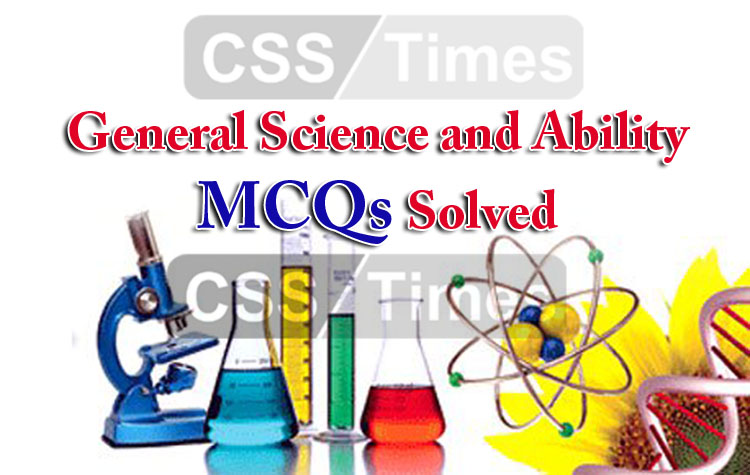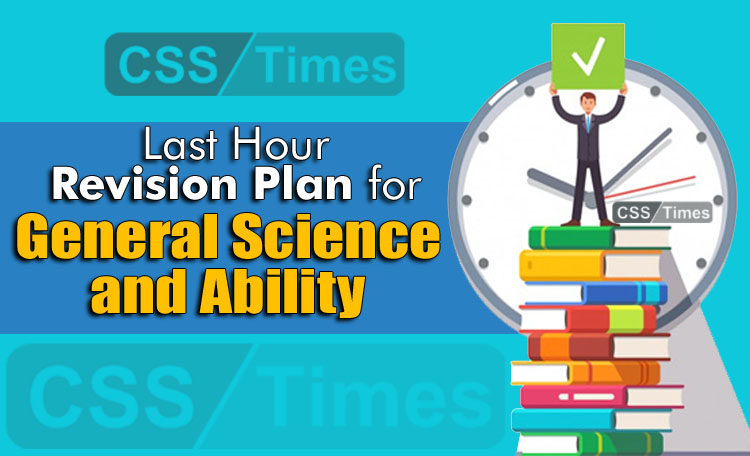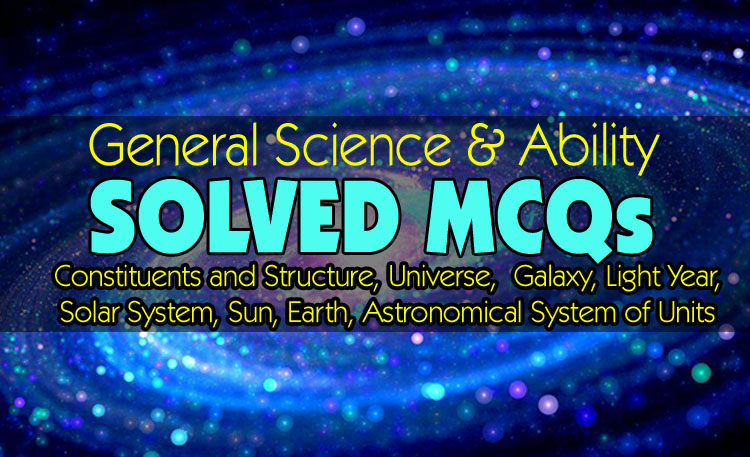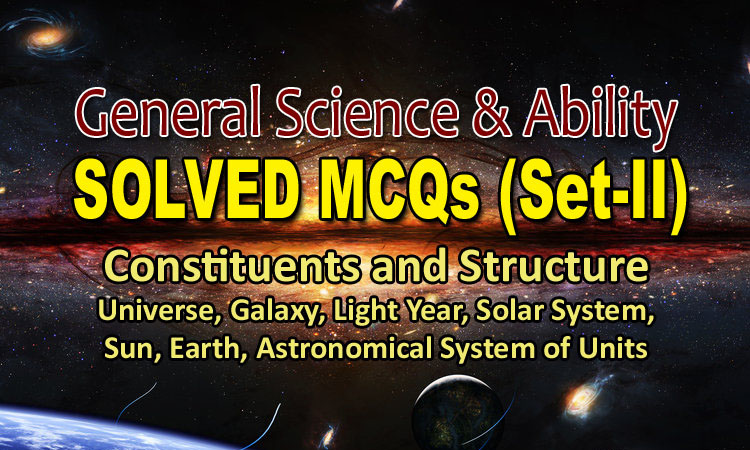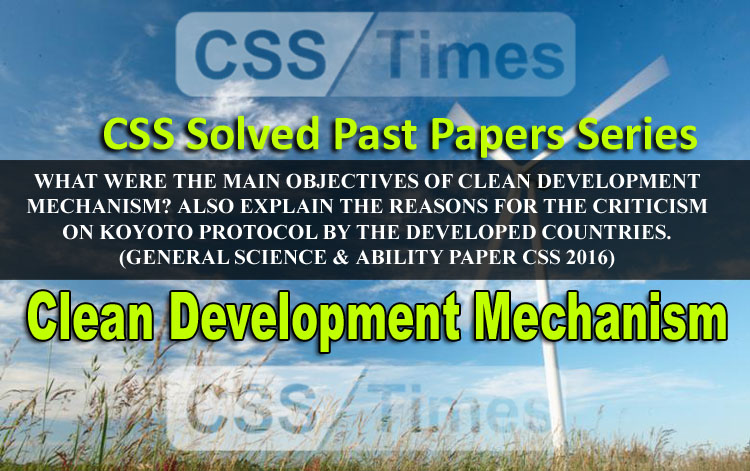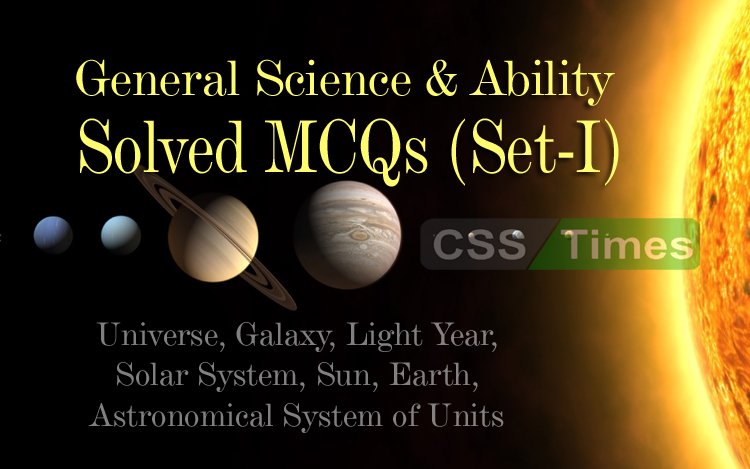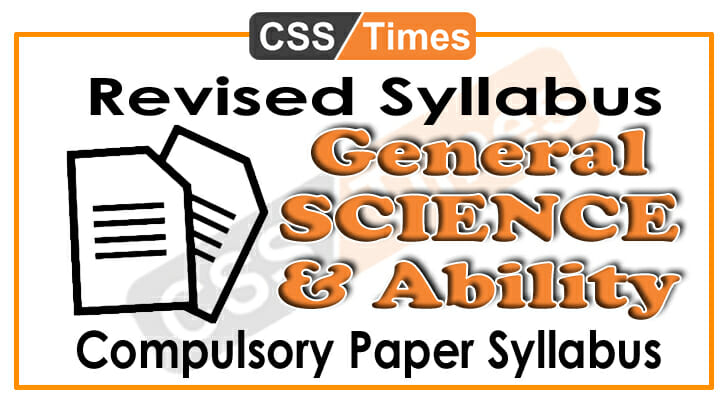Compulsory Paper Syllabus
|
General SCIENCE & Ability
|
(100 Marks)
|
Part-I (General Science) | 60 Marks
I. Physical Sciences
Constituents and Structure:-Universe, Galaxy, Light Year, Solar System, Sun, Earth, Astronomical System of Units.
Process of Nature: – Solar and Lunar Eclipses, Rotation and Revolution, Weather Variables (Global Temperature, Pressure, Circulation, Precipitation, Humidity) and Weather Variations.
Natural Hazards and Disasters: – Earth Quake, Volcanic Eruption, Tsunami, Floods, Avalanche, Travelling Cyclone (Tropical Cyclone, Middle Latitude Cyclone and Tornadoes), Drought, Wildfire, Urban Fire. Disaster Risk Management.
Energy Resources: – Sources of Energy (Renewable i.e. LED Energy, Solar Energy, Wind Energy and Non-Renewable Energy conservation and its sustainable use.)
Atomic Structure, Chemical Bonding, Electromagnetic Radiations.
Modern Materials/Chemicals: – Ceramics, Plastics, Semiconductors. Antibiotics, Vaccines, Fertilizers, Pesticides.
